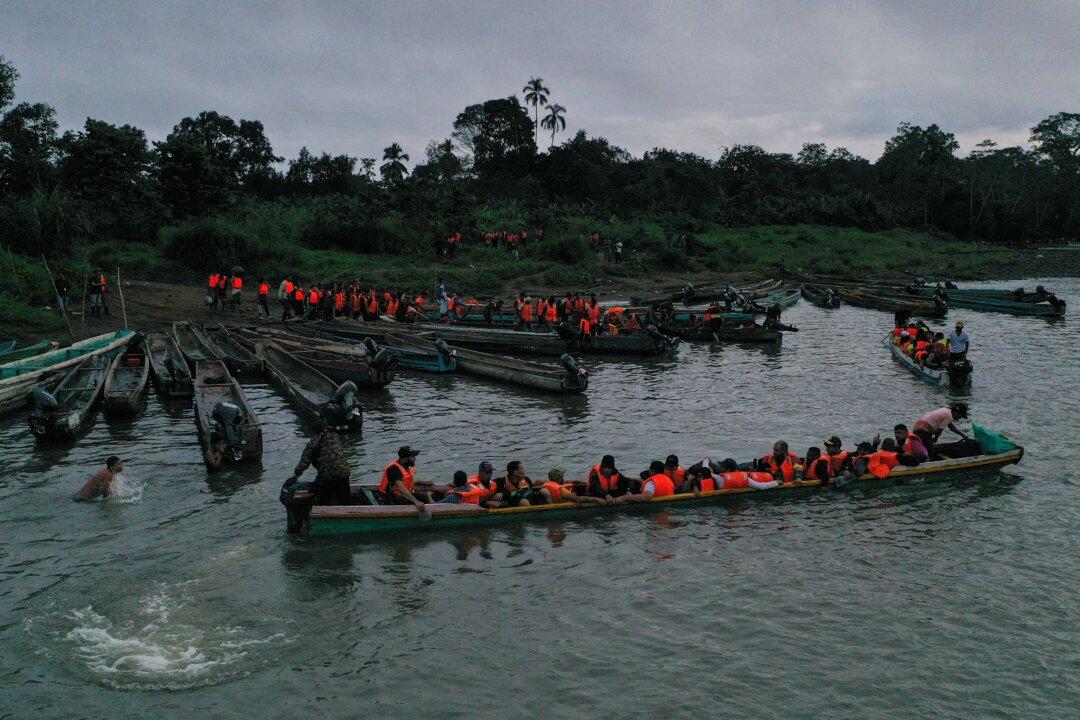Commentary
“The migration is going into hyperdrive,” Anthony Rubin, owner of investigative journalist site Muckraker.com, told Gatestone this week. He was referring to individuals traveling by foot, boat, and truck to the U.S. southern border.

“The migration is going into hyperdrive,” Anthony Rubin, owner of investigative journalist site Muckraker.com, told Gatestone this week. He was referring to individuals traveling by foot, boat, and truck to the U.S. southern border.